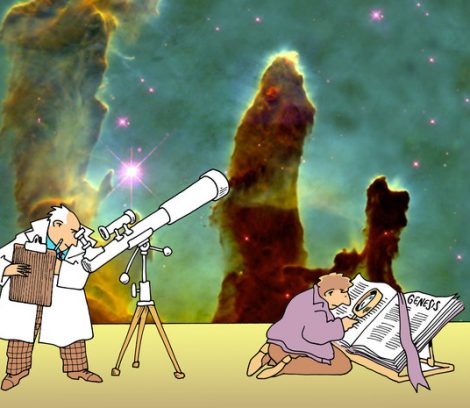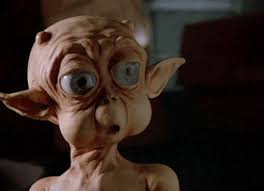
The “Cities” Within
One of many widely propagated myths is that there is a basic conflict between science and faith. It is promoted on both sides, even though the tenets of neither support such a view.
Science is about evidence. It confirms realities for which evidence can be found. If there is no evidence, it doesn’t mean the reality doesn’t exist. It means there is no testable evidence to support it. That’s why science is not competent to determine whether there is a God, even though many scientists believe it’s their duty as scientists to debunk the notion of God.
On the other side, many religious people shun science because they think its anti-God, even though if they followed their own principle, by which God is creator of everything – including science – they would draw another conclusion. Indeed, science helps us know God by knowing his creation. And it gives us insights into reality by surprising us with its discoveries.
Since I read “Life On Man,” the 1969 book by bacteriologist Theodor Rosebury about the microbes that inhabit us, I’ve been fascinated by the subject. Recently, I heard microbiologist Rob Knight in a TED talk that renewed my fascination and caused me to reflect on the hidden worlds that are as foreign to us as any science fiction character you could imagine.
It turns out that humans, as well as other animals, have within them huge communities of microbes – what I like to think of as “cities” – that perform various functions according to their location.
“…Microbes in the gut determine whether painkillers are toxic to your liver, or if a certain type of medication will work for heart disease. Our microbes help us digest food, they shape our immune system, and some evidence suggests that they might even affect our behavior,” says Knight.
There is, said Knight, the oral microbial community – the main subject of Rosebury’s book – the skin community, the vaginal community, and the fecal community. “The different regions of the body have very different microbes. Microbes from one person’s gut and mouth can be as different as what you find in the coral reef and the desert prairie.”
And proportionally, they may be farther apart than L.A. and New York. “A few feet in your human body makes more difference than hundreds of miles on earth.”
“Human beings share 99.9 percent of DNA in common,” he says. “But two people might only have about 10 percent overlap in their microbes.” The human body has 10 trillion human cells and 100 trillion microbial cells; 20,000 human genes and 2-20 million microbial genes.
Makes Shanghai and Karachi, to say nothing of New York, seem like hamlets.
“The three pounds of microbes that you carry around with you might be more important than every single gene you carry around in your genome,” he says. Microbes have been linked to heart disease, colon cancer and obesity in human beings and, in mice, to multiple sclerosis, depression and autism.
All this brings to mind Elizabeth Johnson’s book, “Ask the Beasts: Darwin and the God of Love,” in which she describes the 19th century opposition to Darwin’s discoveries and theory of evolution. Although there was opposition from religious leaders at the time of the publication of the Origin of Species in 1859, it paled compared to the opposition from scientists.
What Darwin proposed and demonstrated was inconceivable to most scientists of the day, who were convinced that species were created individually. It just shows you that religious leaders have no monopoly on dogmatism. Now evolution – at least for many of us – is a given. But it doesn’t diminish the wonder we may feel about discoveries such as the microbe communities within us. Which of us could be aware that we’re walking around like “countries,” with many “cities” within.
Science amazes us with its discoveries, each seemingly more fantastic than could be imagined. The size and dimensions of the universe and the discovery and theories related to quantum mechanics are other examples. They show us that a whole other dimension in life, including the spiritual, is possible.
For many of us, it’s hard to believe that there is a God. He/she is unseen, it is said, but is in and around us. For many, it’s even more incredible that such a God would care anything about us. “Highly implausible,” we might say.
But is it any more implausible than the notion that our bodies contain these immense microbial cities, each of which have such an important role to play in our well-being? Is it any more implausible than what quantum physics says, that it’s theoretically possible for an object to be in two places at once? Is it any more implausible than the fact that each of us – physically and in relation to the universe – is less significant than a grain of sand on the beach?
The fact that we live our daily lives unaware of these weird discoveries doesn’t debunk their existence nor diminish their significance, just as God’s presence in the world, despite being hidden from view, shouldn’t lead us to debunk God’s existence nor minimize its importance.
None of this reduces the need to accept uncertainty as a part of faith, of course. Because science isn’t competent to measure the unmeasurable, God’s existence isn’t a scientific fact, but a fact based on faith.
So it’s a package deal. Faith is rational, but doubt is part of faith. Science is also rational, but its purview doesn’t extend to all of reality.




